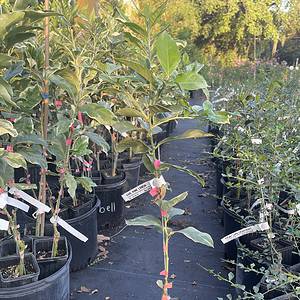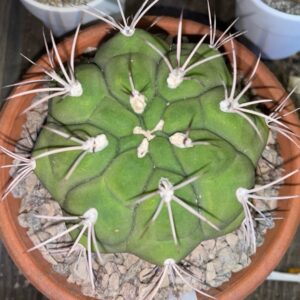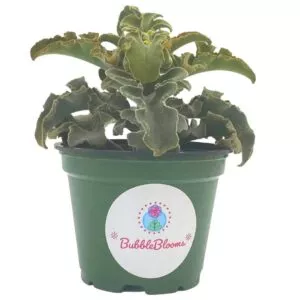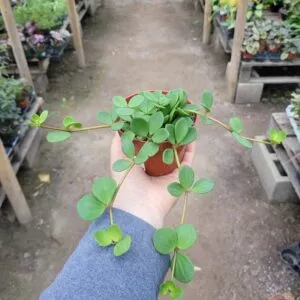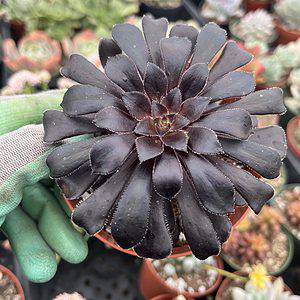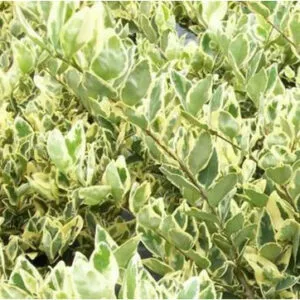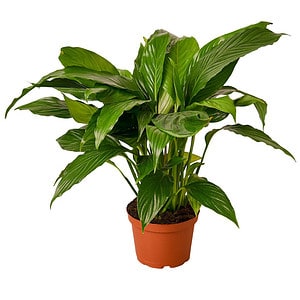No products in the cart.
Table of Contents
Dipladenia is a tropical plant that offers a splash of color and beauty from summer through fall seasons. Plant them in hanging baskets and let those trumpet-shaped flowers cascade. No doubt, your place will surely be brightened up with this plant around.
What is Dipladenia Plant?
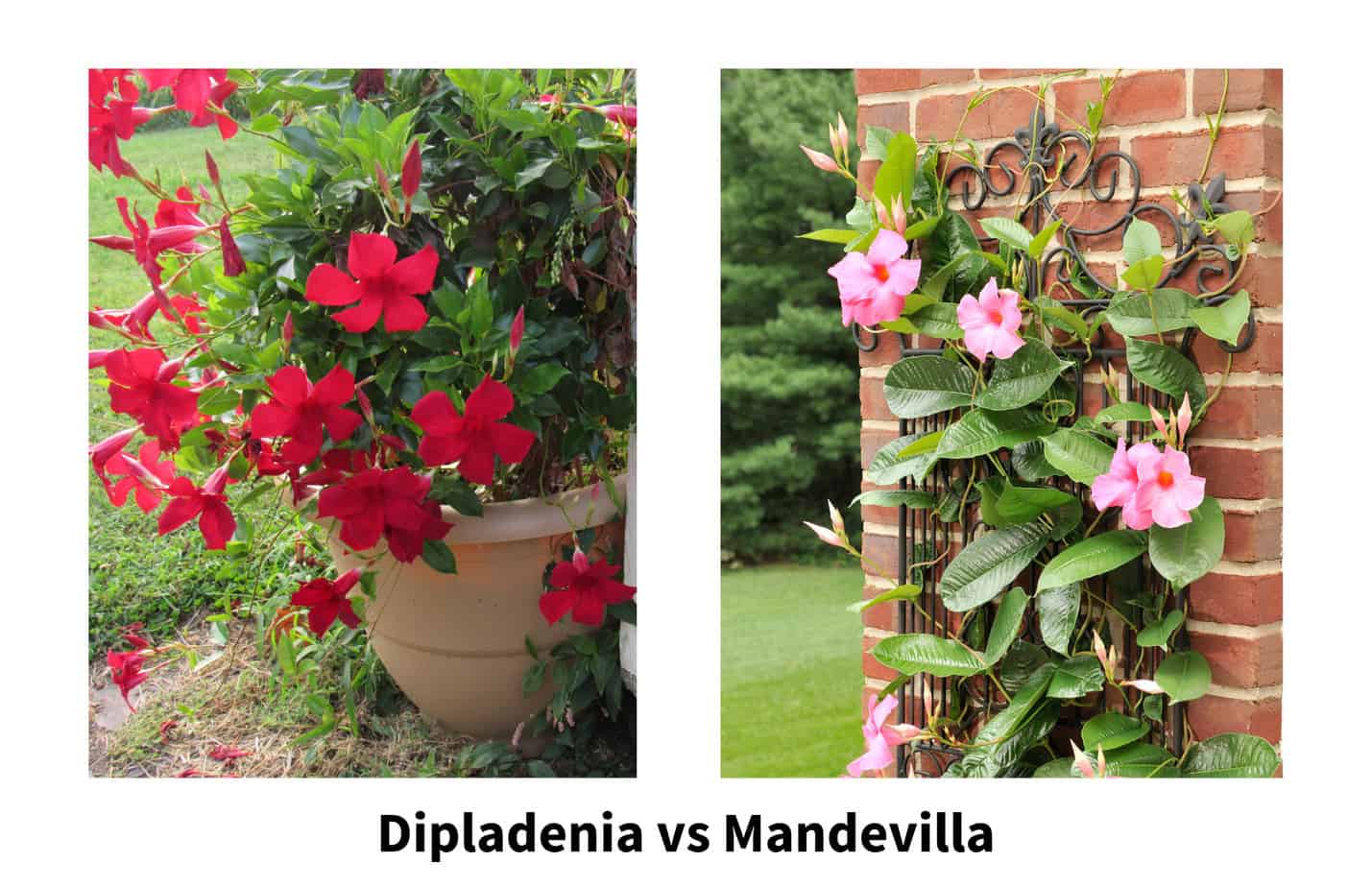
A member of the flowering plants, this species is a native of South Africa. Most of the time, Dipladenia and Mandevilla plants are referred to as the same. However, there are differences between the two, although they come from the same family.
One distinction is the growth habit between the two plants. Dipladenia is a shrub-like plant having a bushy appearance with its stems trailing downwards. In contrast, Mandevilla plants are climbing up. It does need a support structure like a pole or stake.
Both plants produce colorful blooms in red, pink, or white. Mandevilla vines have bigger blooms and foliage than the Dipladenia plants, however, the latter does better in attracting hummingbirds.
Since Dipladenia has a bushier growth, it has a bulkier form.
Check this table below for its quick care guide:
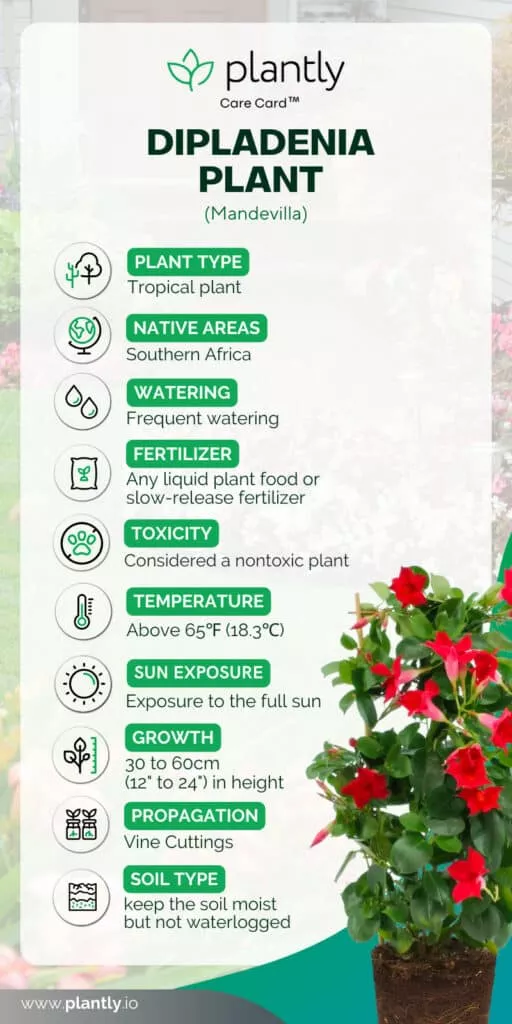
How to Take Care of Your Dipladenia Plant?
Although the Dipladenia and Mandevilla species have slight differences in their growth pattern and appearance, they have the same care and maintenance requirements.
Best Potting Mix for Dipladenia
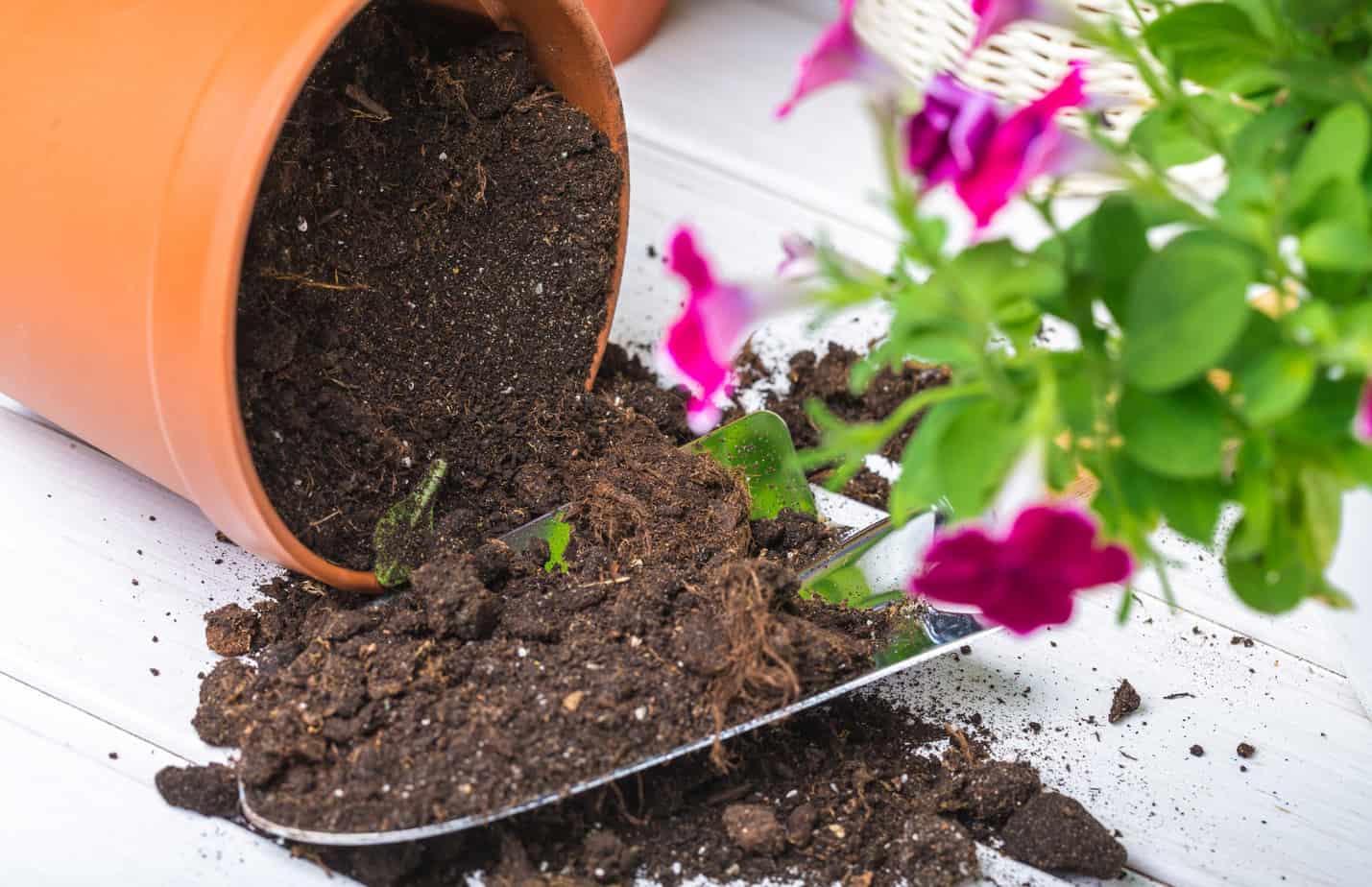
Dipladenia plants require frequent watering especially if grown outside under the full sun. It’s crucial to keep the soil moist but not waterlogged. The key to achieving this is by using a potting mix that has a well-draining structure.
A combination of loam and sand is going to work well with a pH level ranging between 6.6 to 7.8. Provide plenty of organic material in the mixture so it will enjoy sufficient nutrients.
Lighting Requirement
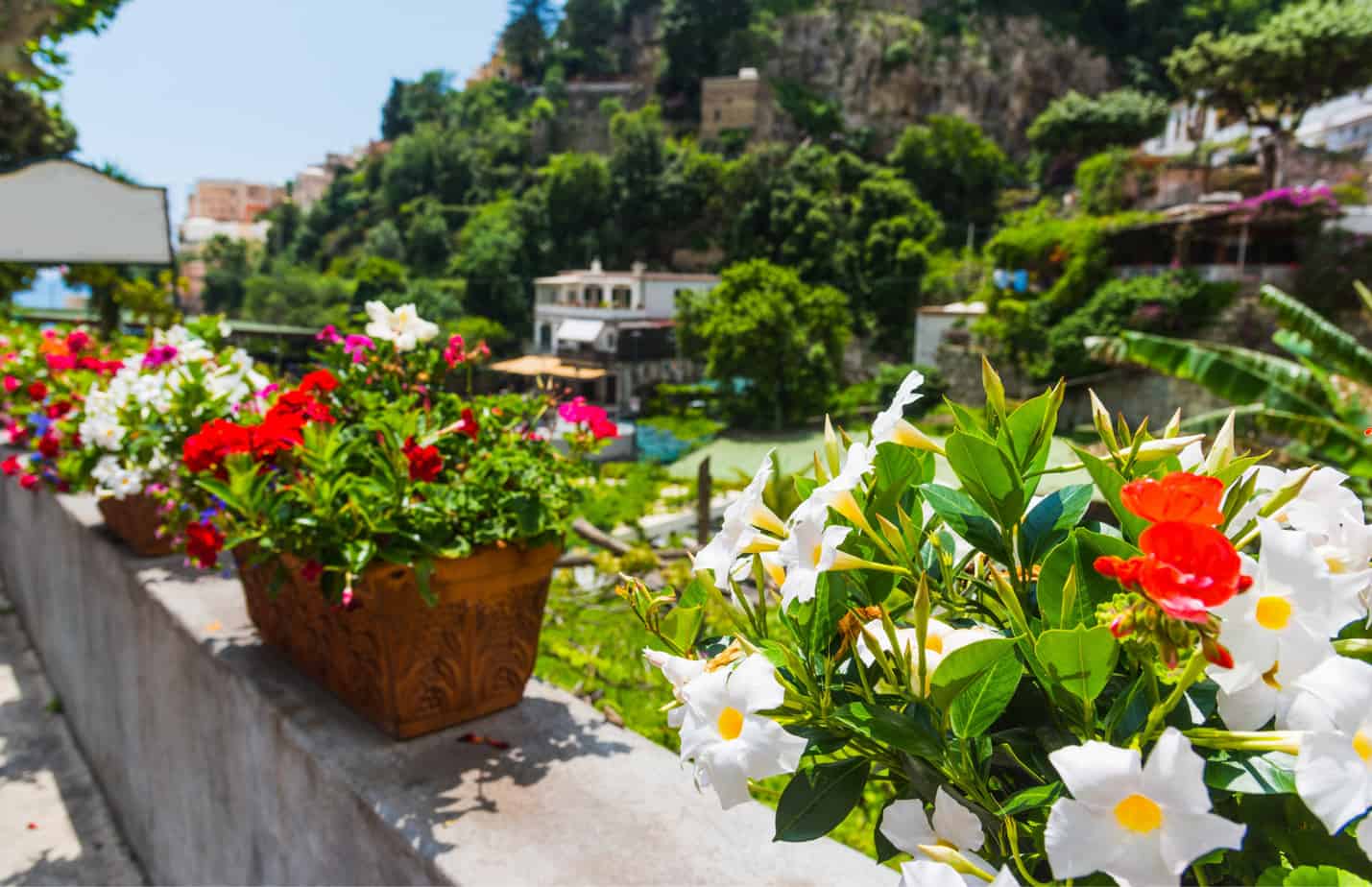
Positioning your plant in locations with enough light is essential to achieve more Dipladenia flowers. This one loves exposure to the full sun so treating this as an outdoor plant with enough access to full sunlight is necessary. Nevertheless, do not subject Dipladenia under direct sunlight for extended hours, especially during midday.
On average, six and eight hours of light is needed. Just move the plant to shaded places once there’s the scorching heat.
In stock In stock In stock In stock
Free Shipping
$39.95
Sold By:
CKK PRODUCTS LLC
Sweetgum Tree
Rated 5.00 out of 5 based on 1 customer rating00
Sold By:
CKK PRODUCTS LLC
$15.99
Sold By:
BubbleBlooms
African Milk tree
Rated 4.81 out of 5 based on 279 customer ratings08
Sold By:
BubbleBlooms
$70.00
Sold By:
Andy Nursery
$75.00Varigated Pink Lemon Grafted Citrus Tree. 3 Feet Tall
Sold By:
Andy Nursery
Free Shipping
$26.99 – $30.99
Sold By:
A&K Plants
Vibrant Tradescantia Zebrina – Striking Groundcover – Fast-Growing Plant | 4-inch pot
Only 2 available and it’s in 3 people’s basket Rated 4.95 out of 5 based on 66 customer ratings00
Sold By:
A&K Plants
Required Watering
Make sure to provide plenty of water through frequent watering. Do this, especially during the summer months when the weather is hot. Just make sure that the soil is draining any excess water to prevent root rot. We don’t want our Dipladenia plants to be sitting in overly wet soil.
To some extent, dipladenias can tolerate drought. So, you can let the soil dry for a while. However, ensure that this condition won’t be extended as this may cause wilting.
Temperature and Humidity
Humidity isn’t much of a concern regarding Dipladenia plant care. Luckily, this plant isn’t a picky one. However, when it comes to temperature, it should be above 65℉ (18.3℃). This plant is a tropical species that is acquainted in warm climates.
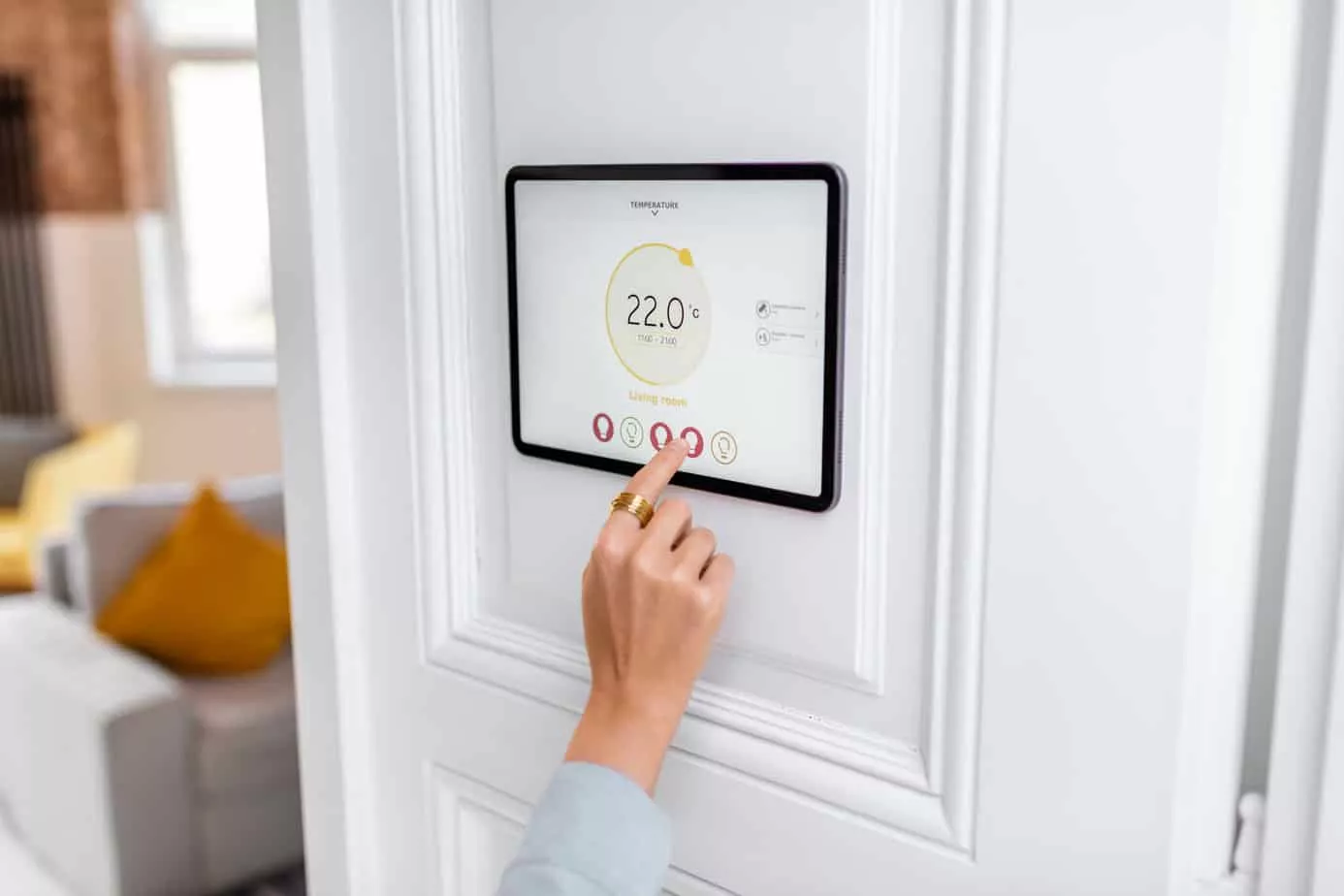
Be mindful of temperatures drop below the threshold. If that happens, bring your plant indoors.
Fertilizing Dipladenia
To keep the plant healthy, regular application of fertilizer is needed. You can use any liquid plant food or slow-release fertilizer. Once or twice a month, feeding will do, but make sure to do this in Spring, during the growing season. This will boost the new growth of the entire plant.
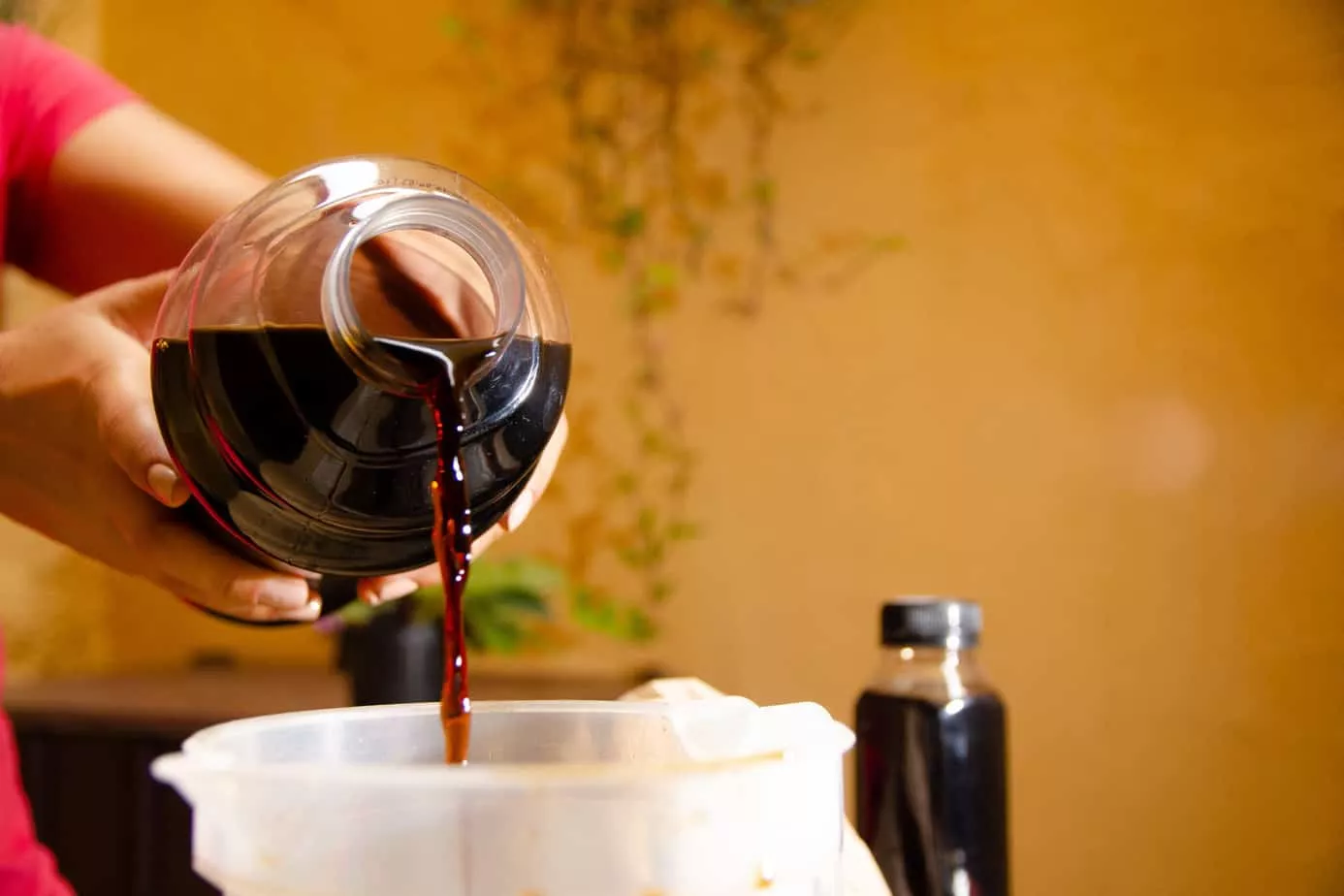
During winter, you can give fertilizer a pass since your plant won’t need it anyway. Refrain from overfertilizing, as this can harm your Dipladenia.
In stock In stock In stock
$15.00 – $20.00
Sold By:
Beauties & Beasts
Cactus-Gymnocalycium saglionis
Rated 4.83 out of 5 based on 24 customer ratings00
Sold By:
Beauties & Beasts
$15.99
Sold By:
BubbleBlooms
Kalanchoe Feltbush, Felt bush, Velvet elephant ear, Elephant’s ear kalanchoe beharensis, Kalanchoe Fang Felt Plant
Only 95 available and it’s in 1 people’s basket Rated 4.81 out of 5 based on 279 customer ratings03
Sold By:
BubbleBlooms
$6.00 – $12.00
Sold By:
Plants by Stinky Boo
Peperomia Hope
Only 20 available and it’s in 2 people’s basket Rated 5.00 out of 5 based on 2 customer ratings00
Sold By:
Plants by Stinky Boo
$8.99
Sold By:
Cacti and Exotica
Aeonium arboreum—Black Rose
Only 10 available and it’s in 1 people’s basket Rated 4.98 out of 5 based on 59 customer ratings00
Sold By:
Cacti and Exotica
Propagation of Dipladenia Plant
The best way to propagate Dipladenia plants is by using vine cuttings. Follow these steps:
Spot and choose a mature vine, cut it off (slant cut), and remove the leaves around. You may wash the leaking sap so the cut looks clean.
Dip the tip to the rooting hormone to speed up the root formation.
Plant it in a growing medium and water it well.
Please place it in a bright and warm area.
When new growth is visible, please wait until the foliage has flourished before you transfer it to a bigger pot.
How to Care for Dipladenia in the Winter
- Bring potted plants indoors before the first frost. Choose a sunny window.
- Cut back on watering, allowing the soil to dry out between waterings partially. Too much moisture can lead to root rot.
- Stop fertilizing 6-8 weeks before bringing indoors. No nutrients are needed while dormant.
- Maintain temperatures above 55°F. Cooler temps can damage the plant.
- Prune away dead or damaged growth to keep a tidy appearance.
- Check for pests like mealybugs and apply insecticidal soap if needed.
- In spring, transition back outdoors after the risk of frost passes. Prune lightly, repot, and resume regular care.
The key things are providing ample light, reduced watering, proper temperatures, and pest monitoring while overwintering indoors. With the appropriate care, Mandevilla will thrive season after season.
Let me know if you need any clarification or have additional questions!
Dipladenia Similar Plants and Varieties
Dipladenia and Mandevilla plants have numerous varieties to offer. If you wish to have a collection of them, then go ahead. Here are some of the most beautiful and popular options:
Dipladenia ‘Rio White’
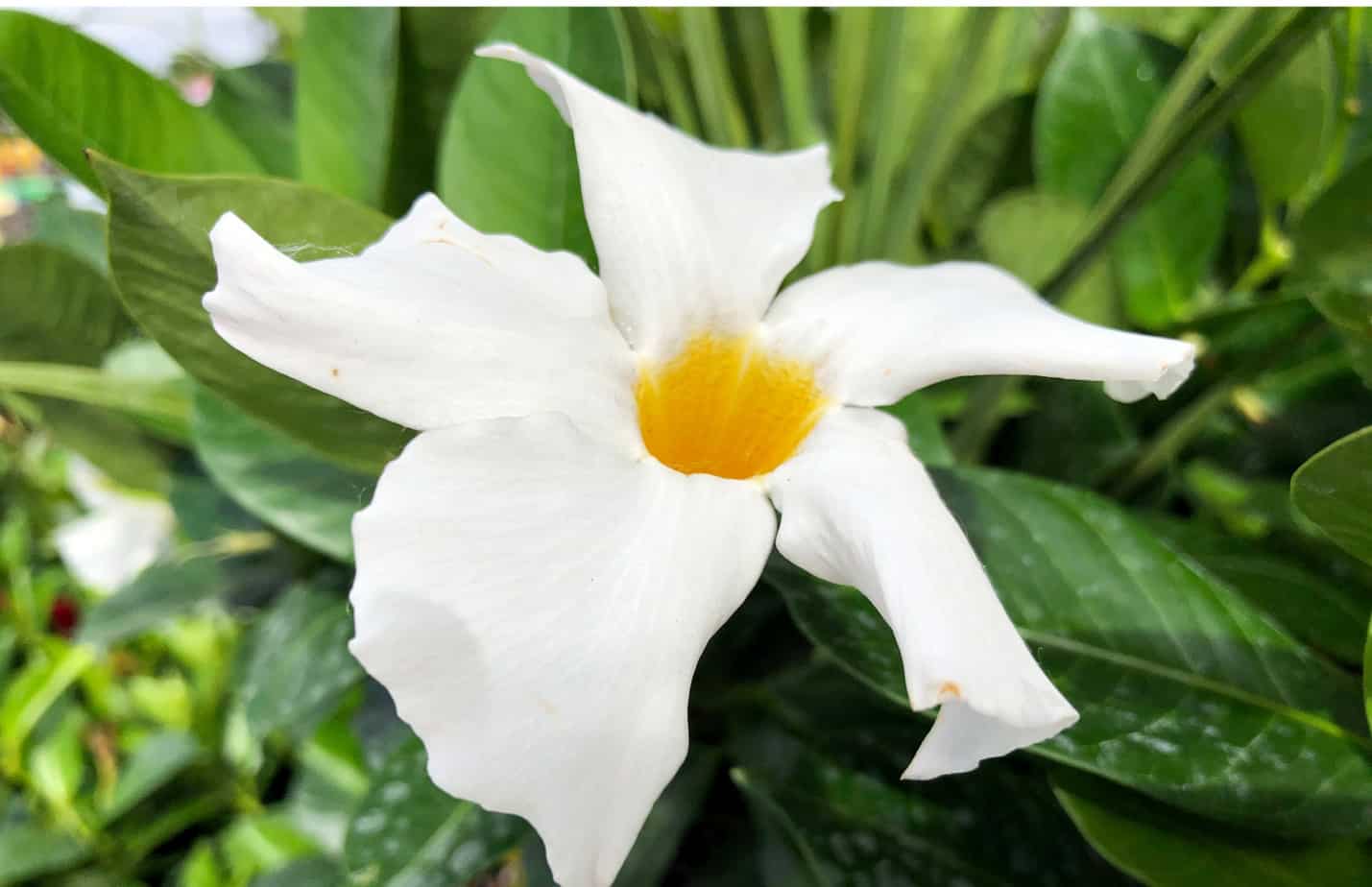
As its name implies, this variety produces spectacular white flowers lasting for two weeks. The flowerheads match the compact appearance of the plant as it grows only a meter high. This variety is also known for its robust property.
Sundaville Red
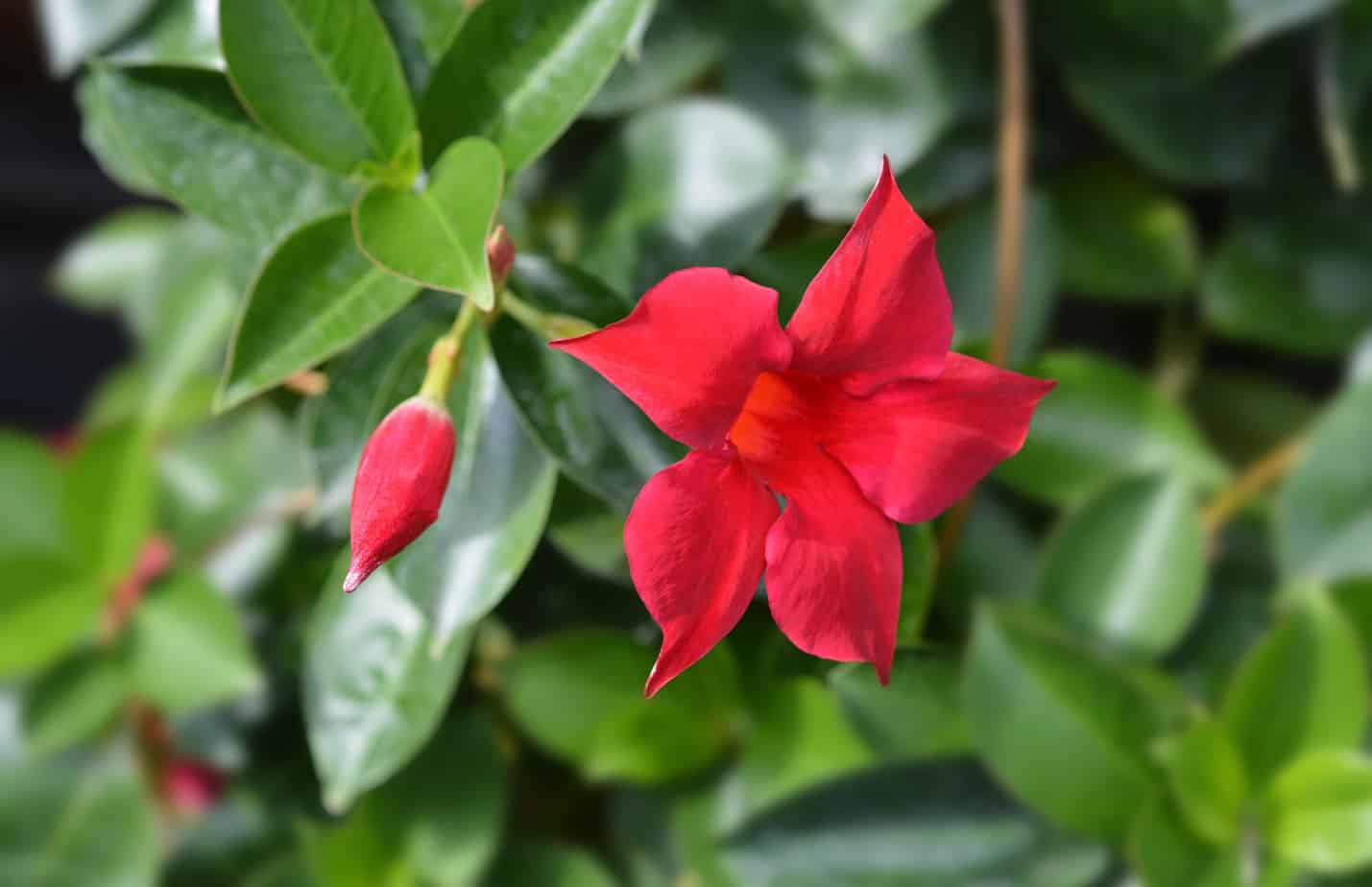
This one will surely catch your eye. The funnel-shaped flowers are adorable in their bright red color. It can grow more significantly than the Rio White, with an average growth of 2.5 meters high. They’re the perfect flowering plants to make your terraces attractive.
Cream Pink
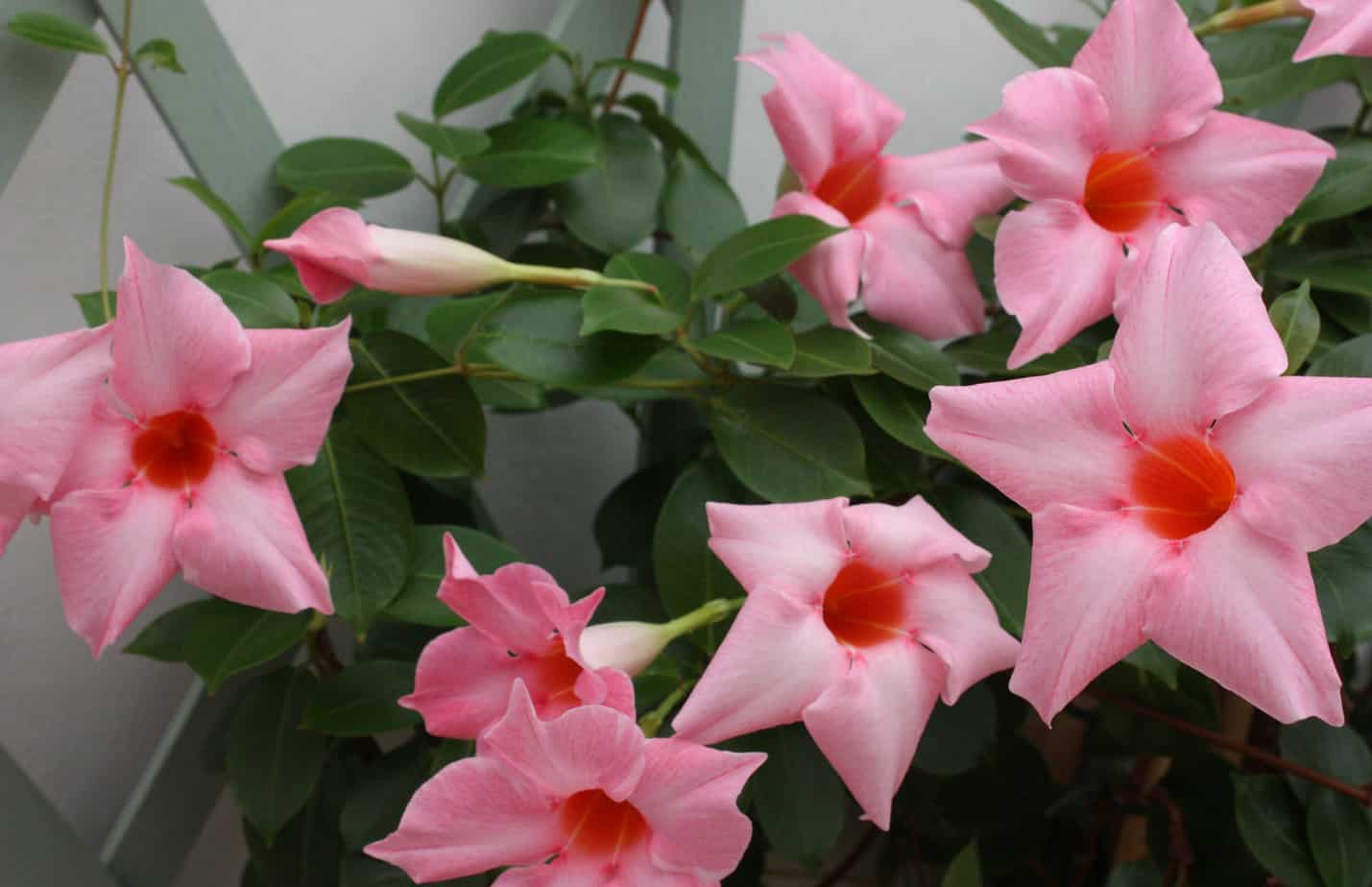
Cream pink is a sweet treat for your garden beds. It’s one of the Dipladenia flowers that is adorable in its cream and pink colors. It was bred from the Sundaville variety, so its height is almost the same, up to 2 meters high.
In stock In stock In stock
$15.00 – $20.00
Sold By:
Beauties & Beasts
Cactus-Gymnocalycium saglionis
Rated 4.83 out of 5 based on 24 customer ratings00
Sold By:
Beauties & Beasts
$15.99
Sold By:
BubbleBlooms
Kalanchoe Feltbush, Felt bush, Velvet elephant ear, Elephant’s ear kalanchoe beharensis, Kalanchoe Fang Felt Plant
Only 95 available and it’s in 1 people’s basket Rated 4.81 out of 5 based on 279 customer ratings03
Sold By:
BubbleBlooms
$6.00 – $12.00
Sold By:
Plants by Stinky Boo
Peperomia Hope
Only 20 available and it’s in 2 people’s basket Rated 5.00 out of 5 based on 2 customer ratings00
Sold By:
Plants by Stinky Boo
$8.99
Sold By:
Cacti and Exotica
Aeonium arboreum—Black Rose
Only 10 available and it’s in 1 people’s basket Rated 4.98 out of 5 based on 59 customer ratings00
Sold By:
Cacti and Exotica
Dipladenia Diseases and Pests
Although Dipladenia plants are generally rigid, they’re not exempted from pest and disease attacks. So, to be safe, please keep an eye on the following:
Spider Mites
These organisms appear to be small yellow dots covering the leaves. Affected parts will soon dry up and fall from the plant. You can get rid of them by dusting them off. But if they keep on persisting, we recommend using insecticidal soap.
Mealybugs
Mealybugs are known for producing honeydew on the leaves, leaving them with waxy debris. They love feeding on the leaf sap, which causes the surface to bruise. You’ll mostly see them present in the undersides of the Dipladenia leaves and the leaf node.
To prevent them from causing severe damage, spray them off with insecticidal soap.
Frequently Asked Questions
Since Dipladenia are accustomed to warm temperatures, you must bring it indoors when the winter season comes. Reduce watering so it won’t suffer from frost damage. Since the plant is dormant in this season, you should stop adding fertilizer as well.
Dipladenia isn’t fast grower plant compared to Mandevilla vines. Just make sure to do regular pruning to boost bushier growth.
Dipladenia plants work best outdoors because it loves exposure to full sun. If you keep it indoors, you may experience a struggle over getting those gorgeous flowers.
It isn’t hard to look for Dipladenia plants. Just visit your local garden stores and nurseries. For more flowering plants to add to your homes, check Plantly.
Whether you want to buy, sell or simply reach out to other plant enthusiasts, Plantly is the right place to be!
-
$13.95Sold By: SunSoul Plants
$17.95In stock
Dracaena Florida Beauty Plant, Dracaena Surculosa – in 3.5″ pot
Rated 4.87 out of 5 based on 98 customer ratings00Sold By: SunSoul Plants -
Free Shipping$285.95Sold By: BONSAI WORLD LLC
Only 1 left in stock
Juniper Bonsai Tree – Trained with Jin & Shari Style (juniper pro
Sold By: BONSAI WORLD LLC -
$25.45Sold By: Carlo's Plant Farm
In stock
Jack Frost Ligustrum | Carlo`s Plant Farm
Only 100 available and it’s in 1 people’s basketRated 5.00 out of 5 based on 22 customer ratings00Sold By: Carlo's Plant Farm -
Free Shipping$42.95 – $47.95Sold By: A&K Plants
Peace Lily | Easy Care Air Purifying Indoor Plant | 6-inch pot
Rated 4.95 out of 5 based on 66 customer ratings00Sold By: A&K Plants


